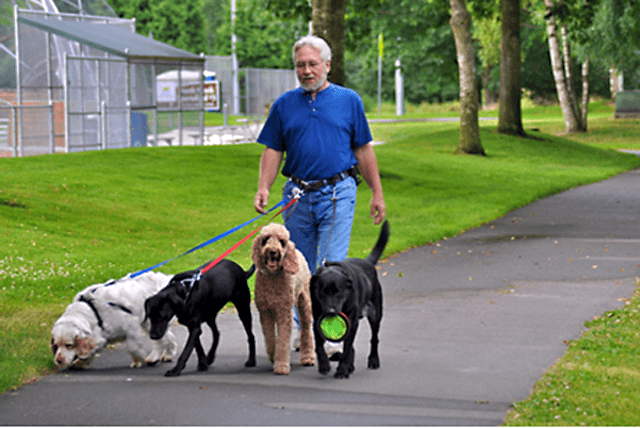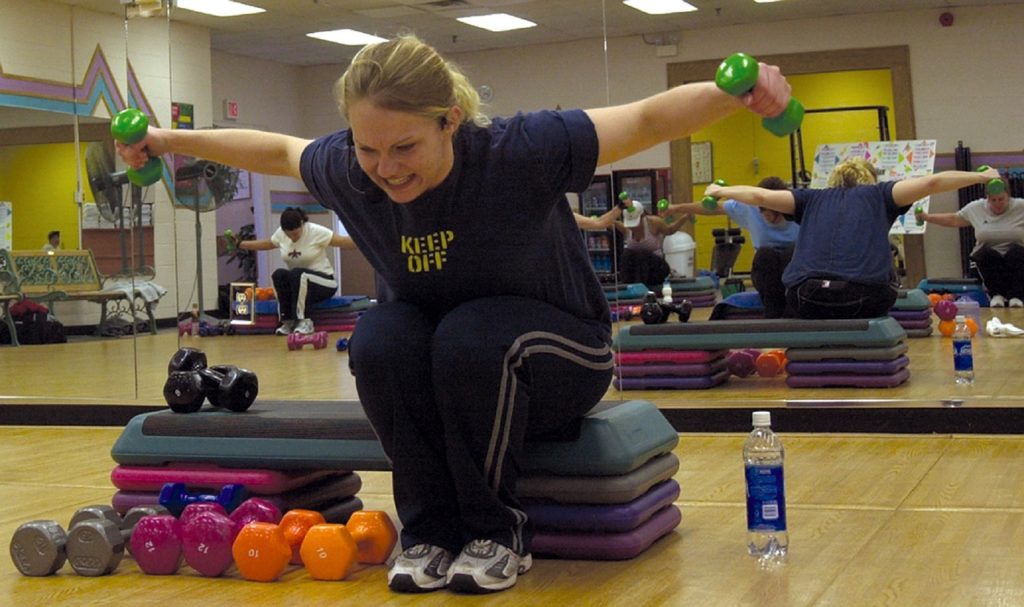An Expert Explains What Rheumatoid Arthritis Is
Centers For Disease Control (CDC) has published a very interesting Article summarizing Rheumatoid Arthritis, signs and symptoms as well as risk factors for RA and much more.
Could this be Rheumatoid Arthritis?

Rheumatoid arthritis, or RA as it’s commonly known too, is an autoimmune and inflammatory disease, which means that your immune system attacks healthy cells in your body by mistake, causing inflammation (painful swelling) in the affected parts of the body.
RA mainly attacks the joints, usually many joints at once. RA commonly affects joints in the hands, wrists, and knees. In a joint with RA, the lining of the joint becomes inflamed, causing damage to joint tissue. This tissue damage can cause long-lasting or chronic pain, unsteadiness (lack of balance), and deformity (misshapenness).
RA can also affect other tissues throughout the body and cause problems in organs such as the lungs, heart, and eyes.
What are the signs and symptoms of RA?
With RA, there are times when symptoms get worse, known as flares, and times when symptoms get better, known as remission. A flare can be difficult to predict, but with treatment it’s possible to decrease the number of flares and minimise or prevent long-term damage to the joints.
Signs and symptoms of RA include:
- Pain or aching in more than one joint
- Stiffness in more than one joint
- Tenderness and swelling in more than one joint
- The same symptoms on both sides of the body (such as in both hands or both knees)
- Weight loss
- Fever
- Fatigue or tiredness
- Weakness
What causes RA?
RA is the result of an immune response in which the body’s immune system attacks its own healthy cells. The specific causes of RA are unknown, but some factors can increase the risk of developing the disease.
You’re at an increased risk if:
- you are a woman. New cases are typically two-to-three times higher in women than men.
- you have a family history of rheumatoid arthritis
- you smoke. Multiple studies show that cigarette smoking increases a person’s risk of developing RA and can make the disease worse.
- you are obese. Studies show that the more overweight you are, the higher his or her risk of developing RA.
- you are in your sixties. RA can begin at any age, but the likelihood increases with age. The onset of RA is highest among adults in their sixties.
- you have never given birth. Women who have never given birth may be at greater risk of developing RA.
Characteristics that can decrease risk:
Unlike the risk factors above which may increase risk of developing RA, at least one characteristic may decrease risk of developing RA.
- Breastfeeding. Women who have breastfed their infants have a decreased risk of developing RA.
How can I improve my quality of life if I have RA?
RA affects many aspects of daily living including work, leisure and social activities. Fortunately, there are multiple low-cost strategies in the community that are proven to increase quality of life.
- Get physically active.
Participating in joint-friendly physical activity can improve your arthritis pain, function, mood, and quality of life. Joint-friendly physical activities are low-impact, which means they put less stress on the body, reducing the risk of injury. Examples of joint-friendly activities include walking, biking and swimming.
Experts recommend that ideally adults be moderately physically active for 150 minutes per week, like walking, swimming, or biking 30 minutes a day for five days a week. You can break these 30 minutes into three separate ten-minute sessions during the day. Being physically active can delay the onset of arthritis-related disability and help people with arthritis manage other chronic conditions such as diabetes, heart disease, depression and obesity.
- Go to effective physical activity programs.
Participating in physical activity programs can help reduce pain and disability related to RA and improve mood and the ability to move. You can join some of these classes: Arthritis Foundation Aquatic Program (AFAP), Active Living Everyday (ALED), EnhanceFitness® (EF), Fit & Strong!, Walk with Ease (WWE)–Group or Self-Directed, Arthritis Foundation Exercise Program (AFEP).
- Stop Smoking.
Cigarette smoking makes the disease worse and can cause other medical problems. Smoking can also make it more difficult to stay physically active, which is an important part of managing RA.

- Maintain a Healthy Weight.
Obesity can cause numerous problems for people with RA and so it’s important to maintain a healthy weight. The key to achieving and maintaining a healthy weight isn’t about short-term dietary changes. It’s about a lifestyle that includes healthy eating, regular physical activity, and balancing the calories you consume with the calories your body uses.
Your Body is Fighting Against You, Piling Up Fat Around Your Belly and Heart Because It’s Trying to Fix Problems That Don’t Actually Exist.
Your Body May Be Under Attack 24 Hours a Day From Your Own “Self-Defense” System but you can still use THIS to turn OFF your “Inflammation Enzymes” and switche your Metabolism into overdrive, flattening your belly at any age no matter how much weight you have to lose.
Go Here to learn more about how to Eliminate Your “Inflammation Enzymes” and Wake Up Looking 1 Pound Lighter
Original Article: Rheumatoid Arthritis

















![Passionate Me – [Oprah & Chopra Desire and Destiny Meditation Experience]](https://www.forevernaturalwellness.com/wp-content/uploads/2017/08/running-with-heart-150x150.jpg)


